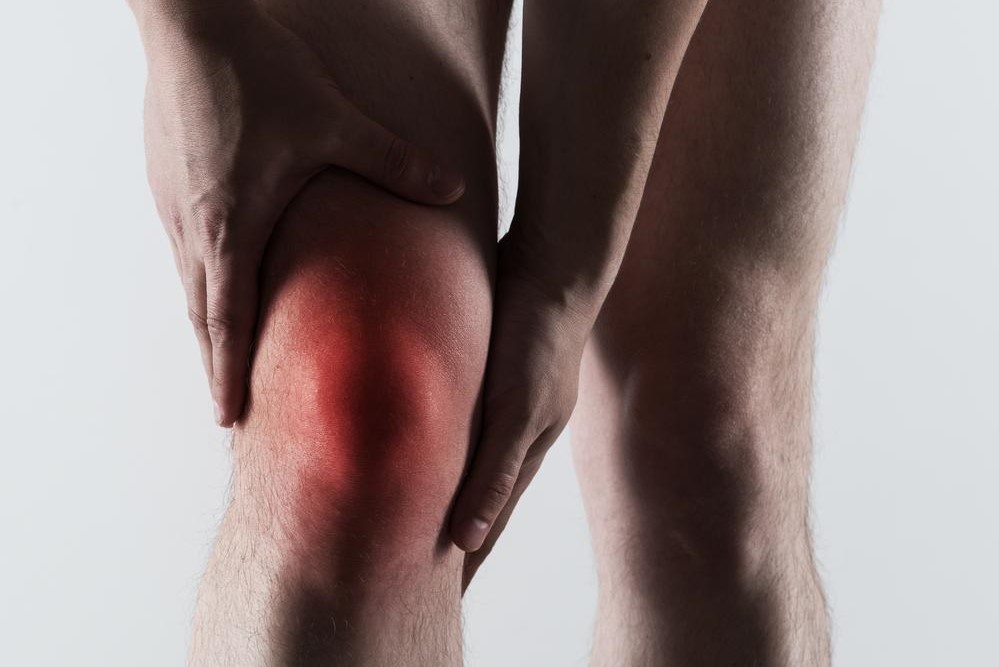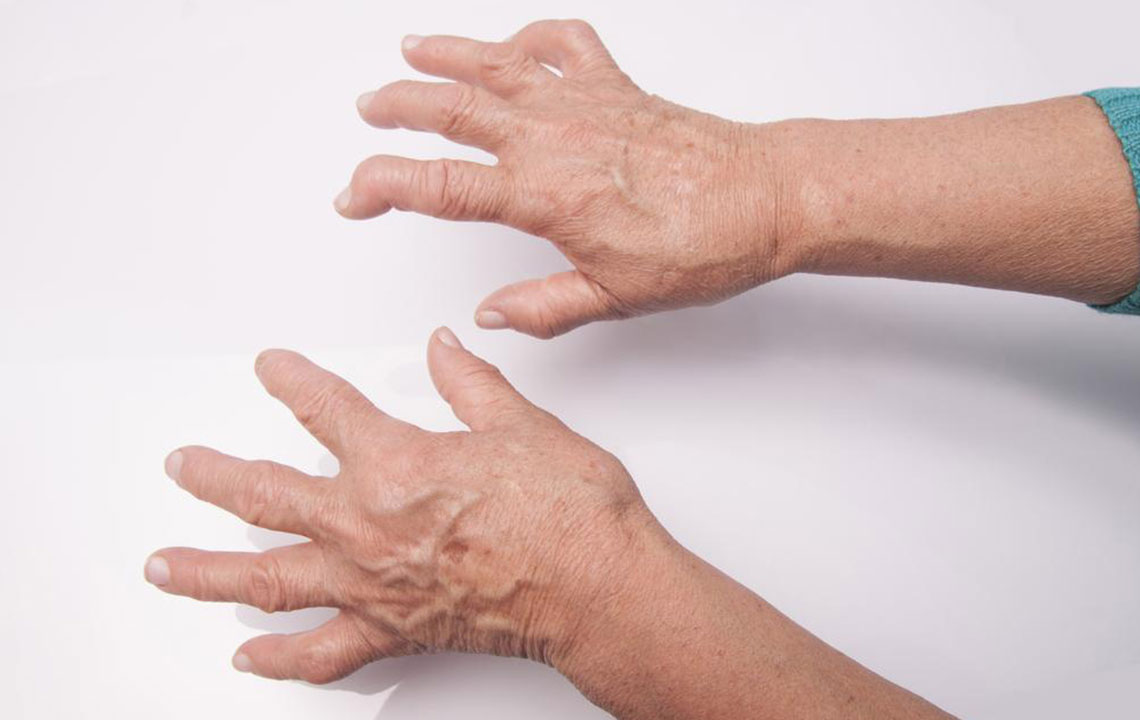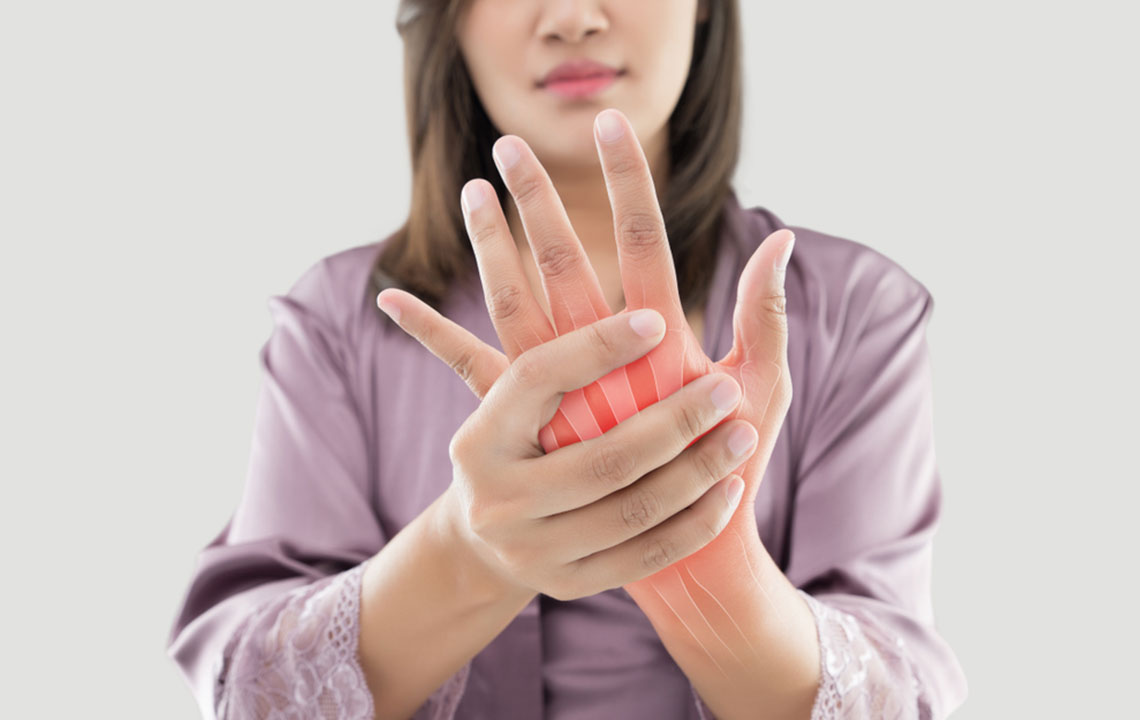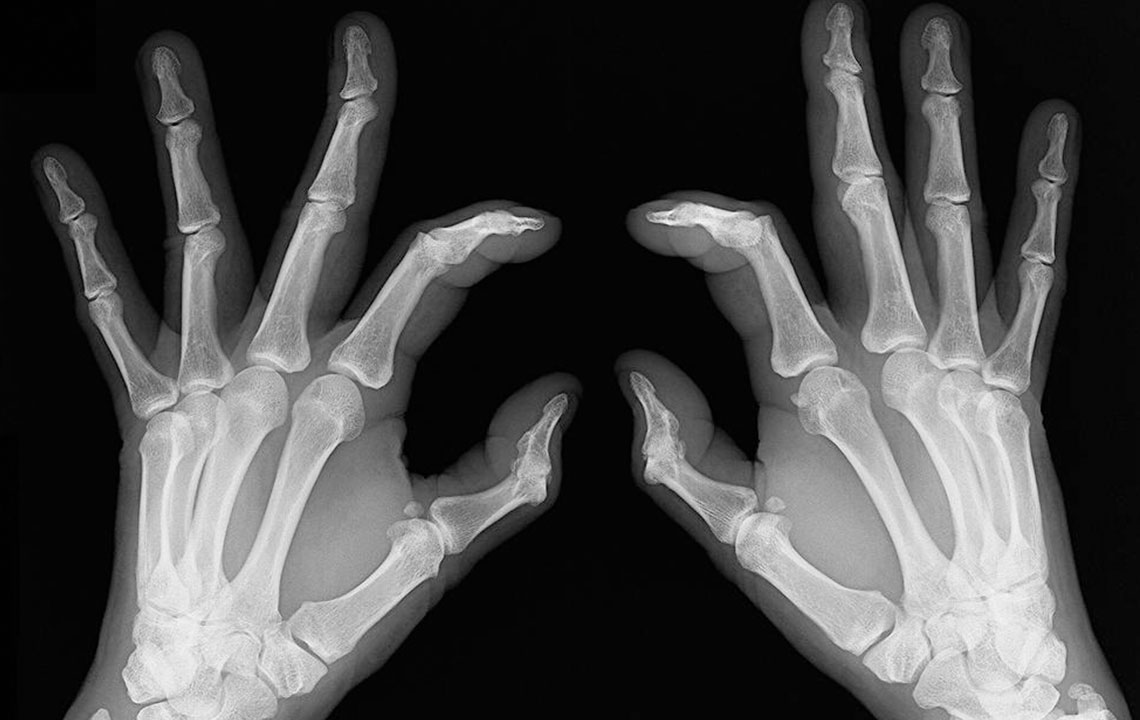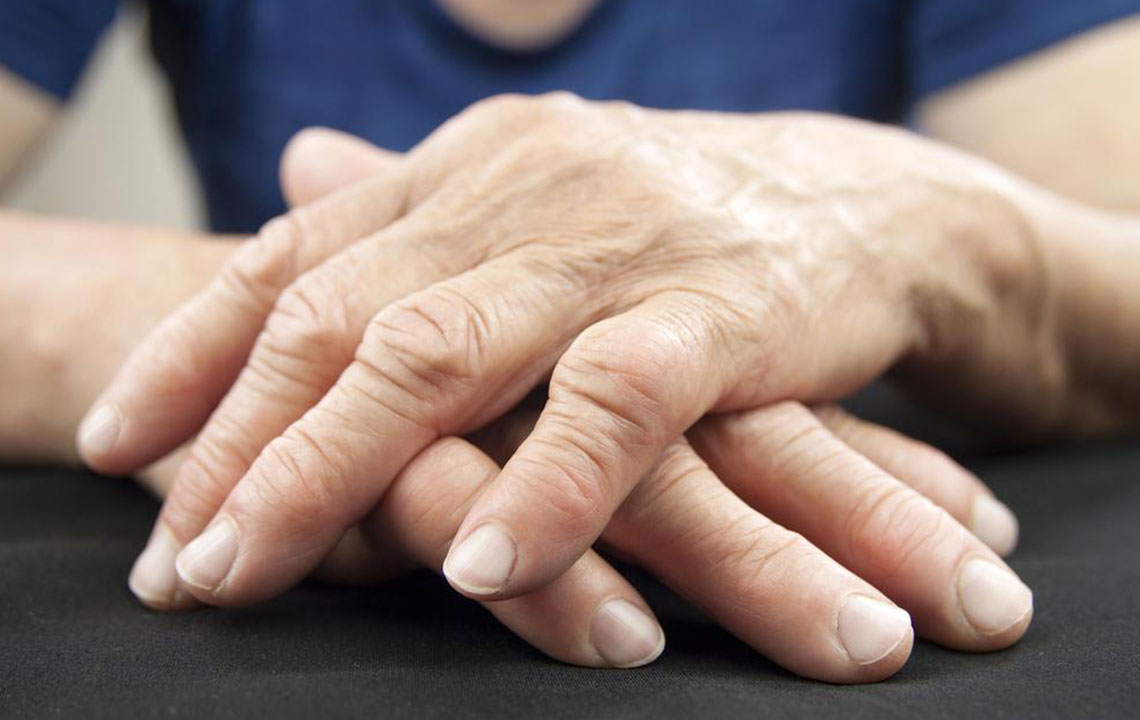Recognizing the Key Symptoms of Gout
Discover the common signs and symptoms of gout, including nodules, joint pain, inflammation, skin discoloration, and skin changes. Recognizing these indicators can lead to early diagnosis and better management of gout. This comprehensive overview helps individuals understand the condition and seek timely medical advice for effective treatment.

Understanding the Major Indicators of Gout
Gout presents differently among individuals, with symptoms ranging from intermittent flare-ups lasting days to months, to persistent chronic discomfort. Its symptoms often resemble other joint disorders, especially arthritis, which can lead to misdiagnosis. Recognized signs of gout include the development of nodules, intense joint pain, inflammation, skin discoloration, and skin changes.
Nodules or Tophi
Before the first gout attack, chalky or yellowish lumps called tophi may form on joints like fingers, toes, elbows, or ears, indicating uric acid crystal accumulation beneath the skin.
Severe joint pain
Sudden, intense pain typically affects the big toe but can also impact wrists, ankles, knees, or fingers. The pain results from inflammation, making the joint highly sensitive and limiting movement.
Heating and swelling
Inflamed joints from uric acid buildup become warm and hot, with swelling worsening during a gout attack.
Color changes in skin
Swelling and redness around affected joints might resemble infection, caused by bursae inflammation.
Itchy, peeling skin
Swelling, redness, and a shiny appearance may occur on affected skin, sometimes accompanied by itching and peeling as symptoms subside.
Important Notice:
This article offers medically reviewed information aimed at increasing awareness of gout symptoms. However, it should not substitute professional medical advice. The information provided may vary from other sources, and users should consult healthcare professionals for diagnosis and treatment options.

